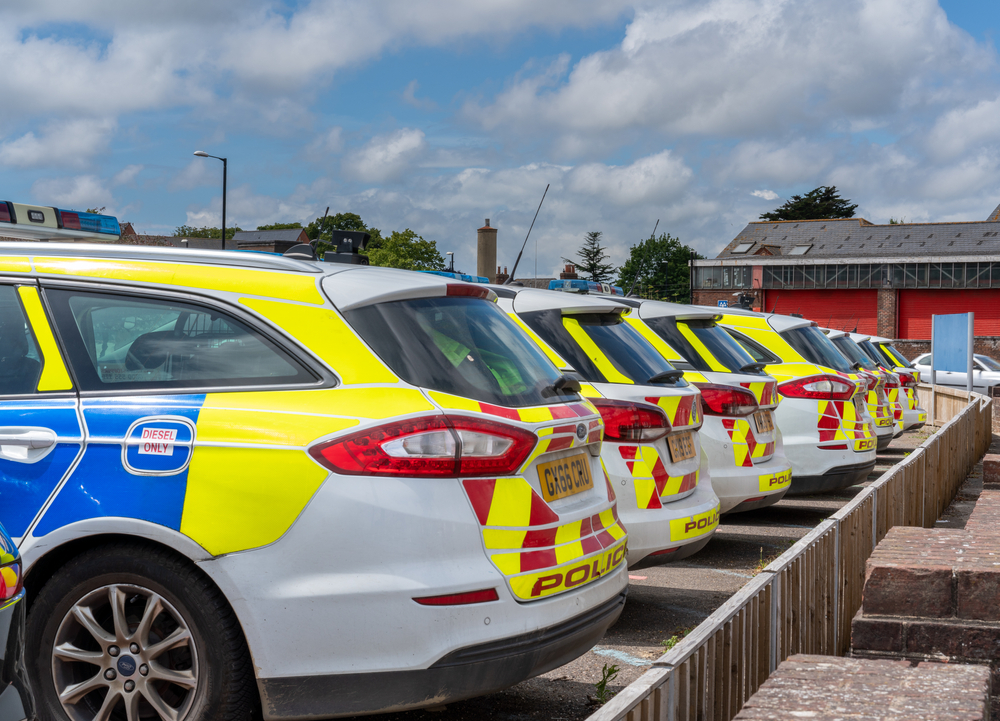
The importance of telematics in helping emergency service vehicles respond quickly and safely with complete visibility
Emergency services need to protect the public and their vehicle crews as well as keep their assets secure. In such a high-pressured fleet environment, telematics can help emergency vehicles respond quickly and safely with complete visibility and added peace of mind
Telematics also delivers a range of benefits for the emergency services provider from improved fuel management to improved driver behaviour and improved operational fleet efficiency:
Identifying savings in emergency services operations
Emergency services that implement telematics achieve a better understanding of vehicle utilisation – a key part of an emergency services’ day-to-day work. Telematics delivers improved visibility of each vehicle ensuring identifying the accurate location of a vehicle and less time wasted in attending an emergency. Telematics plays a big part in how emergency services are able to analyse fleet data and to ensure the best use of vehicles, in particular having the ability to address under-utilised vehicles and thereby make adjustments to the fleet and achieve substantial savings through a reduction in mileage and accurate deployment of vehicles.
Improve Driver Behaviour and Reduce Collisions
Driving ambulances and other emergency vehicles pose many dangers. According to research released by the Fire Protection Research Foundation, more than 500 fatalities and 28,000 injuries were linked to ambulance crashes between 1990 and 2015. Telematics can monitor driver behaviour and report information on activities such as speeding and harsh breaking to fleet managers. They can then advise drivers on how to drive safer and prevent accidents using this data.
Digitise your fleet with integration
Data reported from the vehicle can be ingested and integrated with a series of web services. Dependent on your fleet profile and operational requirements, vehicle information such as location data can be in real-time processed to any M2M method. The command and Control team utilise this information to consolidate systems, allowing them to utilise uninterrupted location data from the vehicle, as well as using radios for police officer locations.
Reduce Fuel and Maintenance Costs
With the current unfavourable financial climate, emergency services are facing considerable pressure to deliver great services while maintaining low operating costs. The use of telematics in this respect has proved to be a powerful and valuable tool. Research conducted by Frost and Sullivan shows that telematics can help reduce fuel expenditure by up to 25%. Therefore, through its capacity to monitor bad driving habits and track fuel usage, fleet managers can monitor and act against driver behaviour that adds to fuel wastage. Moreover, by ensuring that their vehicles comply with maintenance schedules, fleet managers can lower downtime costs and pre-empt costly repairs.
Effective reporting, including ‘blues and twos’
How is Airmax Response installed?
“The introduction of telematics has proved very positive for West Yorkshire Police with no downside. We have had a lot of interest from other police forces and I believe more constabularies will equip vehicles with telematics devices.”
Celebrating a decade of excellence: Airmax Remote renews ISO 9001:2015 accreditation
We are delighted to announce that Airmax Remote has successfully renewed our ISO 9001:2015 accreditation for the supply of advanced telematics and vehicle diagnostic systems within the UK. This year marks a significant milestone as we celebrate 10 years of continuous certification under this internationally recognised standard, underscoring our solemn commitment to diligence, regulatory conformance, quality and excellence.
Airmax Remote becomes signatory to The Police Industry Charter
This March, AirMax Remote proudly became one of the founder signatories to The Police Industry Charter, a landmark initiative spearheaded by BlueLight Commercial alongside key stakeholders such as the NPCC, APCC, RISC, the Home Office and the Office of the Police Chief Scientific Adviser.
Airmax Remote Ltd to showcase its advanced fleet telematics solutions at the 49th NAPFM event
Airmax Remote Ltd, a leading provider of advanced fleet telematics solutions for the emergency...




